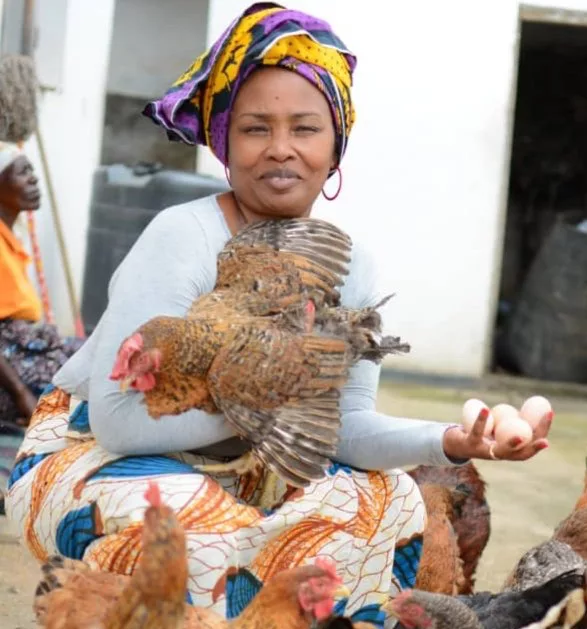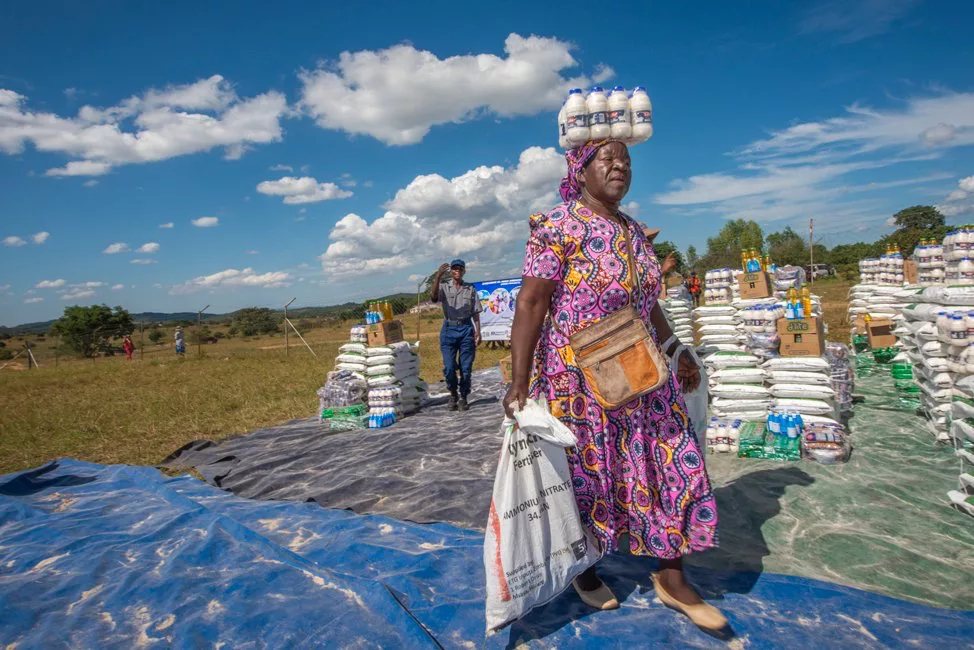By Dexter Chagwena
This Covid 19 pandemic has brought special attention to herbal remedies or functional foods, naturally regarded for both their nutritional and health benefits. Most of us commonly know these as herbs or complementary and alternative medicines. Everyone is busy looking for something traditional to use, with an aim to boost our immunity and give the body a chance to fight against the virus.
While Prof Dexter Tagwireyi has already cautioned us to be careful when we use the plant Lippia javanica (fever bush, Zumbani, or Unsuzwane) as it can easily be mistaken for the Lantana Camara (Rukato/Mbarapati or Ubuhobe besikhiwa) which is toxic, I also thought I could add a little on the subject whilst we are still at it.
Since the advent of the pandemic, I have been getting requests from folks asking how best we should consume these herbal remedies and if it is safe to feed them to young children below five years, including our little ones under two years who are still breastfeeding.
Some folks are wondering on what is even safe to eat, now that we are mostly relying on home-based management of Covid-19, so here we go. We still do not know much about the role of herbal remedies on Covid 19, and like elsewhere scientists are hard at work to figure out more about Covid-19. We know that common herbal remedies have often been used to relieve symptoms of colds, cough, stomach upsets and other ailments.
These include guava, eucalyptus (gum tree) leaves, lemon (both juice and peels), ginger, and garlic that are boiled and taken as a tea with honey or a little sugar. These still top the list, and I would say it is still okay to take them. They have been traditionally regarded as functional foods that could potentially strengthen our immune system since they do contain a lot of essential vitamins and minerals.
Let me turn on to Zumbani that everyone has gone crazy about (excuse the language). So far not much has been documented on its health and nutritional benefits. We know it has been used traditionally to relieve symptoms of colds, cough, fever, bronchitis, and diarrhoea, etc. and taken as tea. Hence, we consider it safe based on this anecdotal data. Of course, a lot of laboratory analysis has been done showing the presence of phytochemicals that can potentially benefit our health.
But let us get something straight to avoid certain ways some people have resorted to. A lot of folks boil these herbs for longer periods and then drink the water, and some even skip meals resorting to herbal remedies. This is not healthy and beneficial for two main reasons.
- Remember, the goal of taking these herbal remedies is to benefit from essential nutrients and phytochemicals they contain, which are known to consist of some therapeutic effects. Bioavailability of these herbs or functional foods becomes key, and by bioavailability, I mean the extent to which the chemicals/nutrients become “available in your body” for utilization. Extended boiling will result in the loss of these phytochemicals and nutrients, as some are very volatile. Hence, I do encourage you to take these as tea or ground leaves (into powder) and incorporate them into various food recipes. I will discuss this further, later in this article.
- Over-reliance on herbal remedies neglecting your food defeats the whole purpose as well. You still need a variety of nutrients that you can only get from eating diverse foods including fruits, vegetables, pulses/legumes, animal source foods, and cereals. So, avoid skipping meals at all costs.
And going to the second part of my advice today, on feeding young children herbal remedies. Whether this is safe or if there are any health or nutritional benefits requires careful attention. At first, I have said that these herbal remedies are foods, “functional foods” containing chemicals with known health and nutritional benefits. Hence, traditionally we have seen mothers giving children herbs like the drumstick tree (moringa) and narrow-pod elephant root/powder (ndorani or intolwane) for stomach cramps, diarrhoea and other ailments.
While we know that herbs like moringa are rich in nutrients such as vitamin C, vitamin A, antioxidants, and minerals, the bioavailability of these nutrients is not yet well understood. In addition, there are studies that have shown that moringa, especially leaf powder is safe and widely used as a dietary supplement. Whether this herb has health and nutritional benefits in children is another issue.
There are still a lot of unknowns and we are still conducting some research, including clinical trials here in Zimbabwe. Based on our research preliminary findings, we have observed that it is feasible to incorporate these herbs in meals, including complimentary foods for children.
Bringing this together and in the context of what is currently happening, previous laboratory analysis work has shown that Zumbani and Moringa do contain a lot of phytochemicals and essential nutrients I have discussed earlier. My advice would be that when we take these herbs, let us incorporate them in our food recipes and meals.
That way, we ensure we benefit from these herbal remedies without losing out on the nutritional value of family foods. Also, mixing the right kind of foods and herbs aids in the absorption and utilization of certain nutrients. For instance, vitamin C aids in the absorption of iron, that is why we are encouraged to eat foods high in iron such as liver, meats, nuts, eggs together with foods rich in vitamin C such as orange juice, fruits, vegetables, and in our case of herbs today, moringa leaf powder.
There are many ways of incorporating herbal supplements such as Zumbani and Moringa in foods. The leaves can be easily ground into a powder and you use the powder to prepare different meals. Mothers we have worked within our research have developed some food recipes incorporating moringa leaf powder in porridge, potatoes, soup, vegetable, and meat relish which are common family foods.
For instance to cook porridge with moringa leaf powder; you prepare your white, brown (zviyo/uphoko ), orange (orange maize meal rich in vitamin A) or fermented (rekuvidza/ilambazi elibilisiweyo) porridge the usual way you always do. Just before it is cooked, you mix a tablespoon of moringa leaf powder with some cold water (just a little) in a separate plate/bowl to make a watery paste. Add this paste to porridge and let it simmer for about 2 minutes and serve.
When you use moringa powder you are still encouraged to add peanut butter, a little salt, or sugar, just the way you prepare porridge every day. This gives your family a chance to get all those benefits from herbal supplements during these unprecedented times. Children and adults can eat this porridge, it is time to brace for green porridge as a family. Yaaaaay! (see pictures below).
Earlier on, I have also talked about incorporating these herbal powders in other family foods such as potatoes, soup, frettas, vegetables, and meat relish. I will ask one of my Nutritionist colleagues to do some short videos how these herbal supplements are incorporated in nice and cozy foods like frettas, meat relish, home-made pizza, and share them online and on WhatsApp. So, stay alert, we got you covered during this lockdown as we help you to eat and stay healthy.
Go green coz covid is real.
Stay safe. Cheers!






